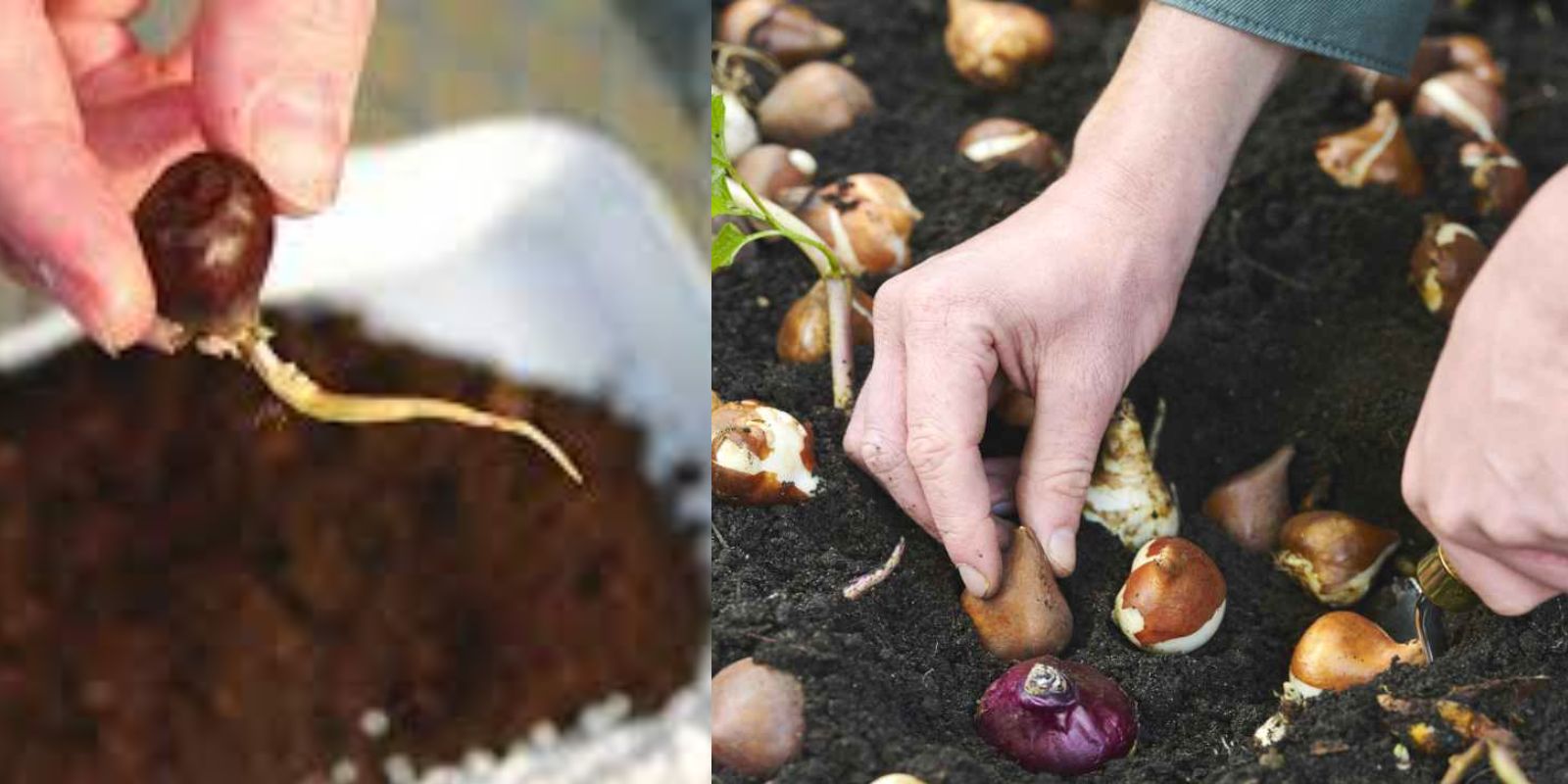Chestnut trees are a remarkable addition to any garden. Known for their majestic presence, delicious nuts, and ecological benefits, these trees have been cultivated for centuries. Growing chestnuts at home allows you to enjoy fresh, nutrient-rich nuts while contributing to sustainability. Whether you’re a seasoned gardener or a beginner, this guide will walk you through the reasons to grow chestnuts and the steps to cultivate them successfully.
Why Grow Chestnuts?
Chestnuts are not only a delicious and versatile food but also a valuable resource for your garden and environment.
1. Nutritious and Delicious
Chestnuts are a rich source of vitamins, minerals, and complex carbohydrates. Unlike other nuts, they are low in fat and high in starch, making them a healthy snack and an excellent ingredient for various recipes.
2. Sustainable Food Source
Growing chestnuts at home reduces your reliance on store-bought nuts, many of which are imported and less fresh. Homegrown chestnuts are free of preservatives and pesticides, offering a sustainable and eco-friendly alternative.
3. A Beautiful Shade Tree
Chestnut trees are not just functional; they’re beautiful. Their lush green foliage provides shade and enhances the aesthetics of your garden.
4. Support for Wildlife
The nuts and foliage of chestnut trees provide food and shelter for wildlife, contributing to biodiversity in your garden.
5. Long-Term Benefits
Chestnut trees are a long-term investment. Once established, they can produce nuts for decades, providing consistent yields year after year.
How to Grow Chestnuts at Home
Growing chestnuts requires patience and attention, but the process is straightforward with the right steps.
1. Choose the Right Chestnut Variety
Start by selecting a chestnut variety suited to your region’s climate. The two most popular types are:
- American Chestnuts: Known for their fast growth and adaptability, but they may require more care due to susceptibility to blight.
- Chinese Chestnuts: Resistant to blight and well-suited for home gardeners.
Research the hardiness zone requirements of your chosen variety to ensure it will thrive in your location.
2. Obtain Viable Seeds or Saplings
You can grow chestnuts from seeds (nuts) or saplings:
- Seeds: Use fresh, untreated chestnuts. Avoid store-bought nuts that are roasted or treated, as they will not germinate.
- Saplings: Purchase young trees from a reputable nursery for quicker establishment.
3. Prepare for Germination
If you’re starting from seeds, stratification is necessary to mimic the natural winter dormancy period.
- Place chestnuts in moist sand or peat moss in a plastic bag.
- Store the bag in the refrigerator at 34–40°F (1–4°C) for 2–3 months.
- Check periodically to ensure the medium remains moist but not waterlogged.
4. Plant Chestnuts Indoors
After stratification, plant the seeds in large pots with well-draining soil.
- Depth: Plant the nut about 1 inch (2.5 cm) deep with the flat side facing down.
- Position: Place pots in a sunny spot indoors or in a greenhouse.
- Watering: Keep the soil consistently moist but not soggy.
Germination typically occurs within a few weeks, and the seedlings will begin to grow rapidly.
5. Transplant Outdoors
When seedlings reach 6–12 inches in height, they are ready to be transplanted.
- Location: Choose a sunny, well-draining area with plenty of space for the tree to grow (at least 30–40 feet apart for multiple trees).
- Soil: Chestnuts prefer slightly acidic soil (pH 5.5–6.5). Conduct a soil test and amend if necessary.
- Hole Depth: Dig a hole twice the size of the root ball and gently place the seedling in. Backfill with soil and water thoroughly.
6. Provide Proper Care
Young chestnut trees need consistent care to thrive.
- Watering: Water regularly, especially during dry spells, to keep the soil moist but not waterlogged.
- Mulching: Apply a layer of organic mulch around the base to retain moisture and suppress weeds.
- Fencing: Protect young trees from deer and rodents with a wire cage or mesh.
7. Pollination
Chestnut trees require cross-pollination to produce nuts, so plant at least two compatible varieties within 200 feet of each other.
8. Harvesting Chestnuts
Chestnuts typically begin producing nuts after 5–7 years (if grown from seed) or sooner for saplings.
- Harvest chestnuts in the fall when the spiny burs split open and fall to the ground.
- Wear gloves to handle the burs and remove the nuts inside.
Tips for Successful Chestnut Growth
- Monitor for Pests and Diseases
Keep an eye out for pests like weevils and fungal diseases. Regular inspections and prompt treatment can prevent issues. - Prune for Health
Prune young trees to establish a strong structure and remove dead or diseased branches. - Fertilize Wisely
Apply a balanced, slow-release fertilizer in the spring to support healthy growth. - Plan for Longevity
Chestnut trees can grow quite large. Consider their mature size when choosing a planting location to avoid crowding.
Conclusion
Growing chestnuts at home is a fulfilling endeavor that offers beauty, sustainability, and delicious rewards. By following these steps and providing consistent care, you can nurture a chestnut tree that thrives for generations.
Are you ready to bring the magic of chestnuts into your garden? Share your thoughts, tips, or experiences in the comments below!
#GrowChestnuts #NutTrees #GardeningTips #HomeGarden #SustainableLiving #EcoFriendlyGardening #GardenerLife #TreePlanting

